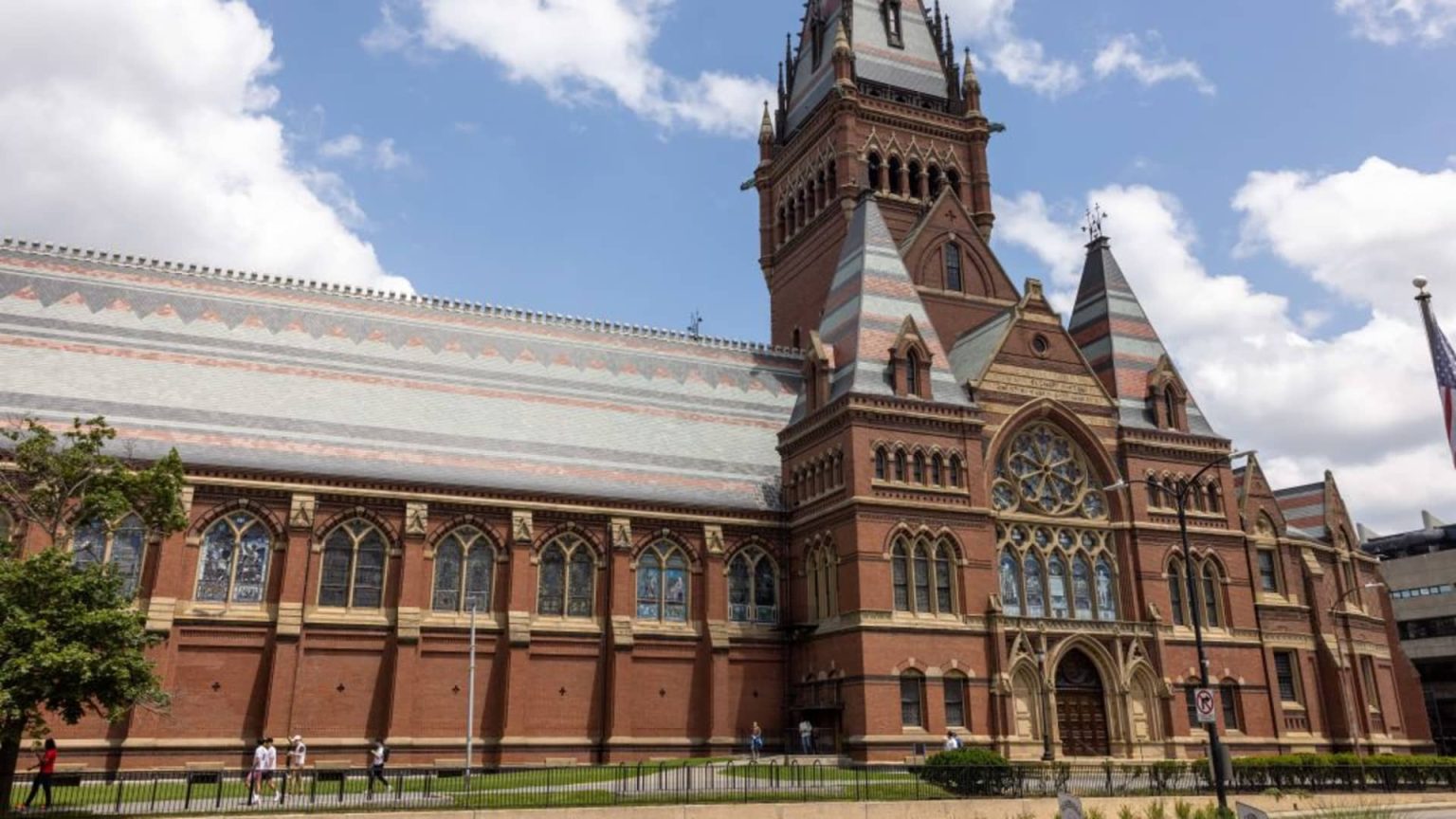Attending an Ivy League institution like Harvard University can pay off in the long run, with former Harvard students who received federal aid commanding a median salary of $95,114 a decade after beginning college, well above the median salary of $50,806 for attendees at all four-year institutions. However, the cost to attend Harvard is steep, with tuition for the 2024-25 school year at $56,550 and total cost of attendance reaching $82,866 including additional fees. Despite the high sticker price, many students pay far less for their Harvard education.
Harvard provides generous financial aid packages to families with demonstrated need, with over half of undergraduates receiving institutional scholarships and 24% of families paying nothing after aid and grants. The school has a 100% need-based aid policy, ensuring that families receive the financial assistance they require. Families earning less than $85,000 a year are not expected to contribute any money towards their student’s cost of attendance. Around 19% of undergraduate students also receive federal Pell Grants, further reducing the financial burden for those in need.
Despite the financial aid opportunities at Harvard, low-income families make up a small portion of the student population. Admissions data suggests that it can be incredibly difficult for low-income students to gain acceptance to elite schools like Harvard, as competitive colleges look for applicants who demonstrate academic excellence and extracurricular involvement. Wealth and high household incomes have historically helped students achieve these goals, putting low-income students at a disadvantage. Even when students from different economic backgrounds have similar academic performance, being wealthier can be an advantage in the admissions process.
A study by Harvard’s Opportunity Insights found that a student from the top 1% of households is twice as likely as a middle-class student with a similar SAT score to attend an Ivy League or “Ivy plus” school, highlighting the disparities in higher education opportunities based on economic background. Students from the bottom 20% of earners made up just 4.5% of Harvard’s class of 2013, compared to 67% from the top 20%, indicating a lack of socioeconomic diversity at elite institutions. The competitive edge needed to gain admission to these schools may be more difficult for low-income students to achieve.
Despite the challenges for low-income students, Harvard University and other Ivy League institutions provide opportunities for students to receive financial aid and assistance to offset the high cost of attendance. Through scholarships, need-based aid, and federal grants, many students are able to attend these prestigious schools and benefit from the potential long-term career opportunities that come with a degree from an Ivy League institution. While the path to attending schools like Harvard may be more difficult for low-income students, access to financial aid can help level the playing field and provide opportunities for students from diverse backgrounds to succeed in higher education.


